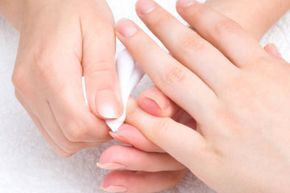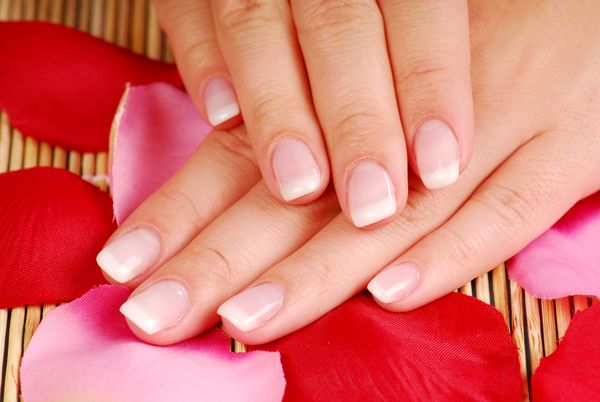Aside from the occasional manicure or trimming, you may not think about your nails much. Until you have to untie a knot or scratch an itch, it's pretty easy to take them for granted. Your cuticles may be even more underappreciated. They don't really seem like they do much, but you'd be surprised. Without cuticles you'd be constantly at risk of developing infections around your fingernails. They create a barrier between your skin and your nails that keep infectious organisms out, and if they get damaged, you become susceptible [source: Mayo Clinic]. That's why it's important to keep them from getting damaged and treat them immediately if they do.
It isn't hard to damage your cuticles. They're soft and more often than not, damage is a result of biting your nails. Whether it's a nervous habit or simply a bad one, it's never a good idea. It causes a lot more problems than it's worth. Your cuticles can get damaged during a manicure as well, especially if you attempt to trim them or push back excess skin at the base of your nail. It is also common for people who work in professions like housekeeping and dishwashing to end up with cuticle damage as a result of over exposing their hands to water or irritants like cleaning supplies [source: Lehrer].
Advertisement
The good news is your skin eventually heals itself; your cuticles are no different. There are several treatment options available that can help heal your corrupted cuticles. They range from simple creams to surgical treatments, depending on the severity of the damage, but you could avoid all that by preventing them from getting damaged in the first place. You could save yourself a whole lot of pain, time and money by paying a little more attention to your cuticles and following a few simple steps to keep them healthy.
Keep reading for a few tips on how to treat your damaged cuticles.
Advertisement


